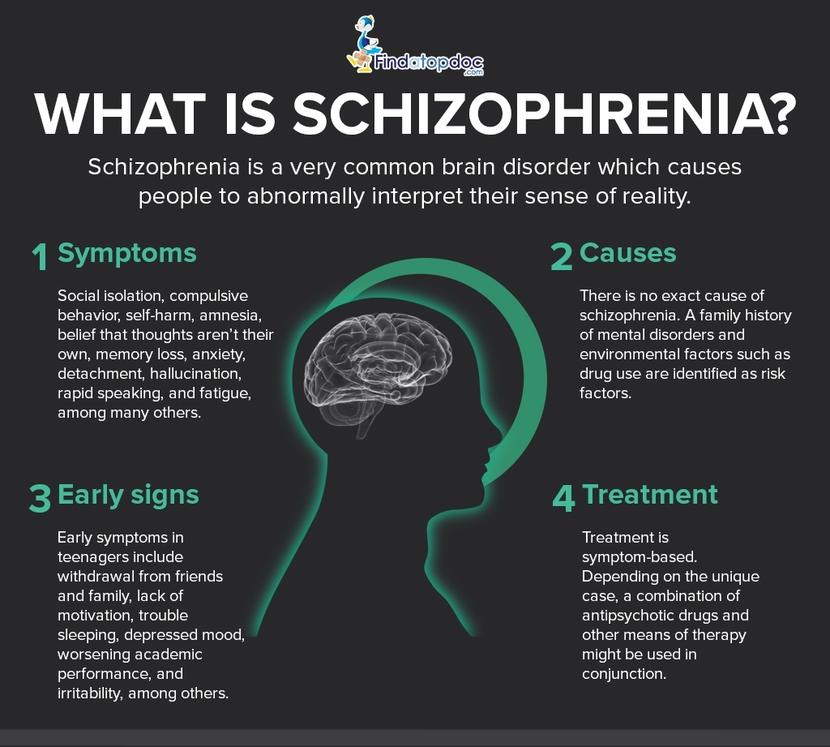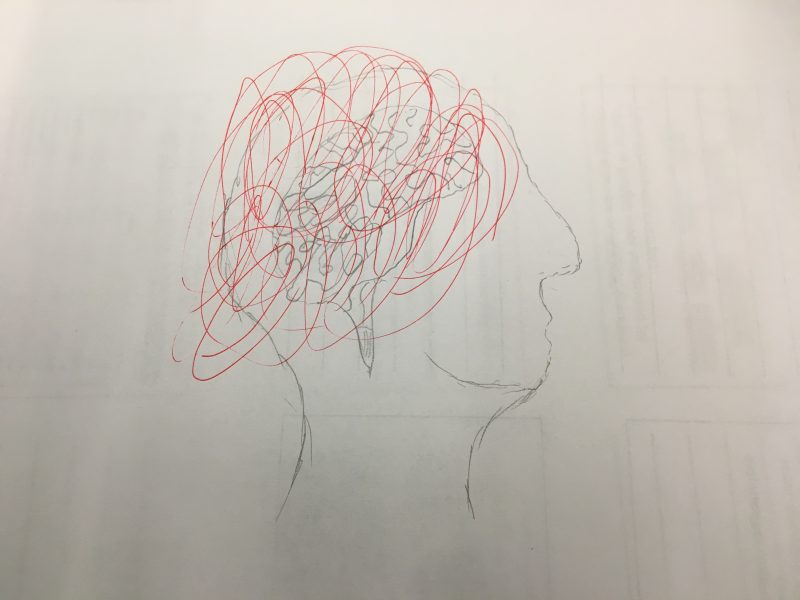What is Mental Illness?
Mental illness is a sickness in the brain that affects how a person is thinking, feeling, or how they process information. In many cases, it’s hard to detect and diagnose a person with mental illnesses just by looking at them. It usually takes interacting to suspect there is “something wrong” with the person.
It is interesting that in the category of mental illness, we have two categories: “normal mental illness” and “bad mental illness”. These two categories have been defined by society through media and conversation.
Normal Mental Illness:
Anxiety
Depression
Bad Mental Illness:
Schizophrenia
Bipolar
Multiple Personality
While societal influences have created these false groups, it is important to know that these diseases are not “bad” or make you a bad person. There isn’t something wrong with someone with mental illness. Rather, their brain is just wired differently. There are various types of mental illnesses and I would love to discuss all of them, but the one we are going to be focusing on today is schizophrenia.
What is schizophrenia?
 Until learning about the disease in depth, I previously believed that schizophrenia was interchangeable with multiple personalities disease. Rather, schizophrenia occurs when a person hears or sees things that are not truly real. They may appear to be disorganized and confused in their thoughts and conversations. Media and society has influences us to believe that schizophrenic people are violent and harmful to the outside world. However, that is a misconception. Very few schizophrenics are violent, and the ones who are, tend to have only random episodes of violence, not a constant state.
Until learning about the disease in depth, I previously believed that schizophrenia was interchangeable with multiple personalities disease. Rather, schizophrenia occurs when a person hears or sees things that are not truly real. They may appear to be disorganized and confused in their thoughts and conversations. Media and society has influences us to believe that schizophrenic people are violent and harmful to the outside world. However, that is a misconception. Very few schizophrenics are violent, and the ones who are, tend to have only random episodes of violence, not a constant state.
So, why does schizophrenia happen in people?
Well, I’m going to break down the article, “An emerging role for Wnt and GSK3 signaling pathways in schizophrenia” by KK Singh. Like mentioned in the title, scientists are finding a correlation between GSK3 signaling and the effects of tho leading to schizophrenia. GSK3, or glycogen synthase kinase 3, which inhibits beta-catenin. Beta-catenin is a protein that is involved in Canonical Wnt Signaling. Canonical Wnt Signaling is key in cell-cell interactions and important in regulating transcription. Gene transcription, if not done correctly, can result in person that has “something wrong” with them. Scientists have discovered that schizophrenic patients have a high amount of GSK3 signaling, which affects gene transcription. The protein, Akt, is responsible for regulating GSK3. Not surprisingly, schizophrenic patients are found to have very low Akt. Therefore, GSK3 is, possibly, the cause of schizophrenia.
GSK3 is evil! Let’s get rid of it and cure schizophrenia!!
I wish it was that easy. The body is a complicated balance of chemicals. It is bad to have too much, but also not good to have none. There are currently no cure to schizophrenia, but there are medications used to treat of symptoms. Lithium is used to indirectly inhibit the activation of the GSK3 signaling. It is found to be very effective, but the side effects can be brutal. Mood and behavior can be mediated with other anti-psychotic drugs.

What do we take away from this?
Mental illnesses are just as valid as any other physical disease. They are often looked over and thought as non-important because the symptoms are not always physical. It is important that we start conversation about the taboo “bad mental illnesses”. Once we start talking about them, these diseases won’t be “bad,” just different. And it’s perfectly okay to be different!! So, be your own self!
